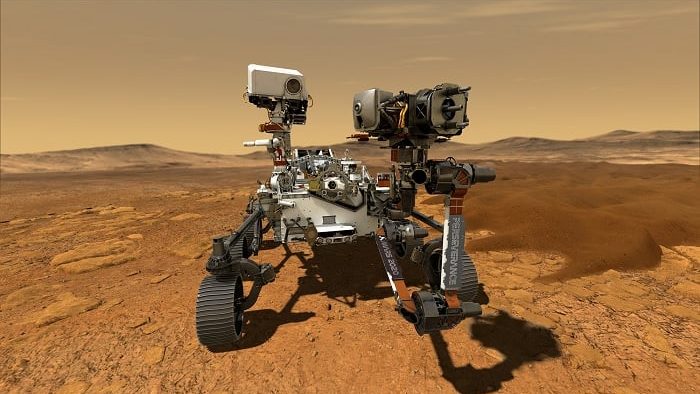Boeing’s ambitious proposal to replace NASA’s low-cost Mars sample mission is mocked

In keeping with its domestic plan, NASA does not want to spend more than $11 billion on returning rock samples from Mars, therefore it has requested suggestions from the space sector. This was published by Arstechnica on Saturday.
Boeing was the first aerospace business to get the early bird advantage, but since its idea is the most costly, it is unlikely to catch on.
Boeing intends to use the Space Launch System (SLS) rocket, a heavy-lift launch vehicle intended to carry men to the Moon on NASA’s Artemis missions, for a Mars Sample Return mission.
Jim Green, the former top scientist of NASA, presented this proposal during the annual Humans to Mars meeting, where the corporation also discussed the mission plan. Even though the SLS is primarily intended as a crew launch vehicle, Boeing has suggested using it as a rocket for military satellites and deep space missions.
Green noted that the concept he and Boeing presented could reduce the hazards associated with returning samples from Mars. “There are less possible points of failure when there is only one mission. This new notion is doing one launch, which reduces mission complexity,” stated Green.
The Space Launch System (SLS) continues to be the most costly missile in use, despite all of its benefits.
According to a NASA Inspector General study released last year, it seems unlikely that NASA and Boeing would be able to keep the cost of a single SLS launch under $2 billion, even if they try their hardest to reduce other costs.
The Inspector General suggested that NASA look at buying commercial rockets as an alternative to SLS for upcoming Artemis missions.
In the meantime, samples of rock and soil are being gathered by NASA’s Perseverance rover, which has been operating on Mars since February 2021. The samples are being kept in tiny titanium tubes.
The first ten tubes have been left behind by the rover in a depot on the Martian surface, where they can be collected by a mission to return samples in the future.
It is likely that the remaining tubes will stay on Perseverance in the hopes that the rover will give the samples straight to the spaceship that visits Mars to retrieve them.
Green emphasized the benefits of carrying out a mission to return samples from Mars with just one rocket and spacecraft.
But according to NASA’s current plan, two launches are needed to get the samples off the Martian surface: one to deliver a US-made lander, and the other to deliver a tiny rocket. … a second one that is carrying a European spacecraft that will connect with the sample carrier in Mars’ orbit and transfer the specimens back to Earth.

I am a dedicated student currently in my seventh semester, pursuing a degree in International Relations. Alongside my academic pursuits, I am actively engaged in the professional field as a content writer at the Rangeinn website.








